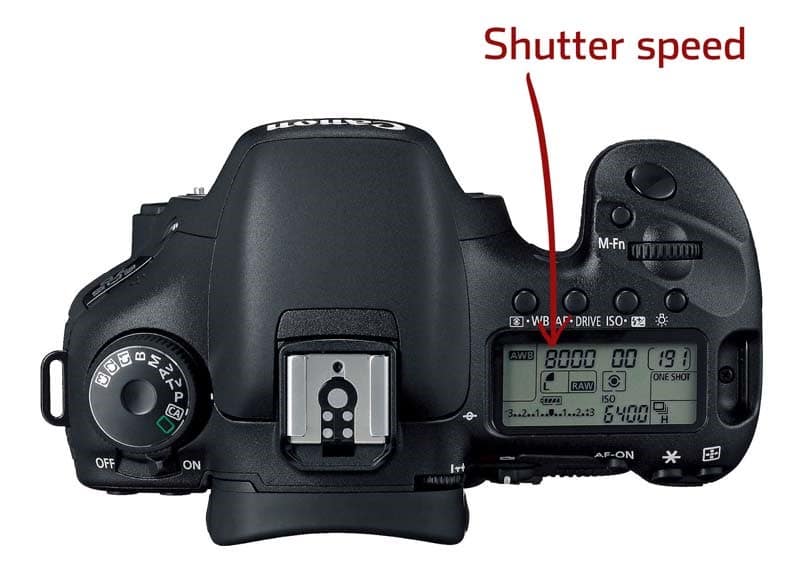When you purchase through links on our site, we may earn an affiliate commission. Here’s how it works.
Canon EOS 1DS Mark III portrait settings
Photographers for ages have admired Canon, the brand that has carved a niche for itself and has the edge over its competitors.
The ‘iconic’ brand needs no introduction as anybody who loves photography would blindly admire the brand for trying to understand the requirements of photographers.
Canon EOS Mark III has bagged 61 scores for capturing portrait frames.
Apart from that, the camera is capable of capturing five frames per second but it still can’t write them to the memory cards that fast. Like all Canon cameras, this, too, is user-friendly.
The camera sports the familiar Canon control wheels, one just behind the shutter release and a thumb-wheel on the back of the camera.
The Canon 1Ds Mark III would satisfy those willing to take flawless portrait photographs.
Still, you have to put in a bit of effort while learning the best settings for Canon EOS IDS mark III portrait.
While that may come as a daunting task for many, you need not worry as here we bring you all the required information in the same regard.
Step 1. Using Subject Blur with Slow Shutter & Flash Light

Canon EOS 1DS Mark III portrait settings – shutter speed
Once you will combine the flashlight with a slow shutter speed, the subject within the image can be articulated perfectly by layering the subject blur with a short-lived pose.
Still, the slow sync flash feature is specifically meant for shoots that are carried out at a location with a little ambient lighting.
This is been done to avoid the background from turning too bright, even while you are shooting at a slow shutter speed.
Try to make the subject move his body to generate a motion blur and then overlap it with the captured image, right when the flash is fired.
Step 2. Setting the right aperture

Canon EOS 1DS Mark III portrait settings – aperture
If you are further looking to include the whole background, along with the subject, within the captured image (i.e. carry out deep focusing), going with an aperture setting from f/8 to f/11 is highly recommended.
For example, using f/8 would be a perfect idea once you are getting along with a Fashion photoshoot and would like to sharply capture the details of the clothing of the subject.
Moreover, if you are aiming to create a moderate background bokeh effect, going with an aperture setting of f/5.6 is advisable.
This goes quite perfectly while capturing shots using a telephoto lens or clicking close-up shots during portrait photography.
On the other side, if you want your subject to stand out in the image while completely blurring the background elements, try going with the f/2.8.
Well, besides making your subject stand out within the image, this aperture setting can bring out the perfect facial expressions of the subject during the portraiture.
Step 3. Use the best lenses for maximizing sharpness
Due to the lack of image stabilization on your EOS 1DS Mark iii, you have to depend upon lenses with visual IS whenever you need to maximize the sharpness of the handheld portrait shots.
Using a telephoto lens would make it easy for you to create a background bokeh.
This would then allow you to shoot perfect portraiture with utmost ease, even from a distance. Well, you would also be able to create that large background bokeh effect in the process.
So, while you are looking for the best Canon EOS IDS MARK III portrait, using a lens in the range of 80mm to 100mm is highly recommended.
Begin with creating images at the telephoto end of the standard zoom lens to get habitual to the sense of distance in portrait photography.
Hence, if you have a background with a big space behind the subject, you would still be able to capture some scintillating images with a very creamy bokeh effect.
See Also